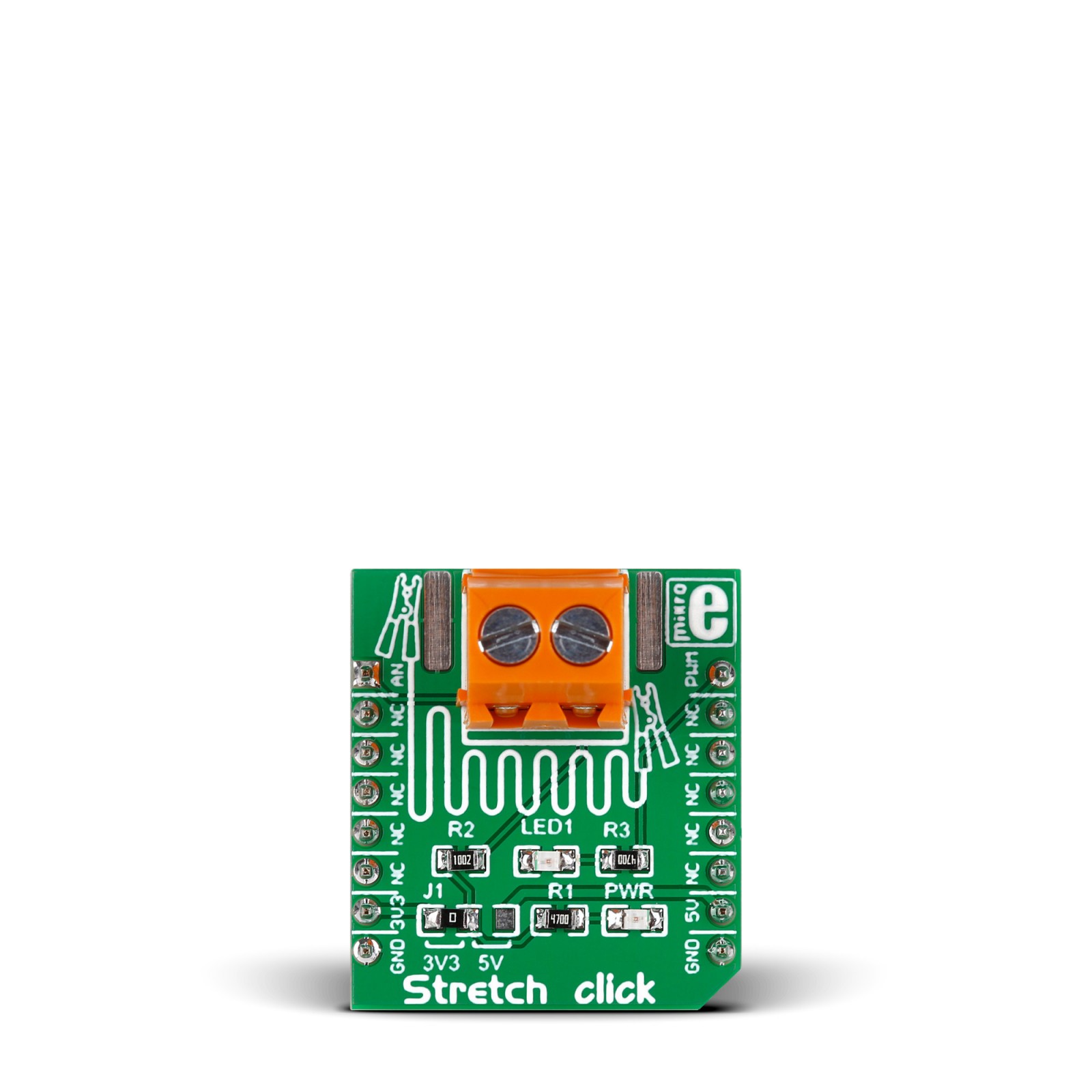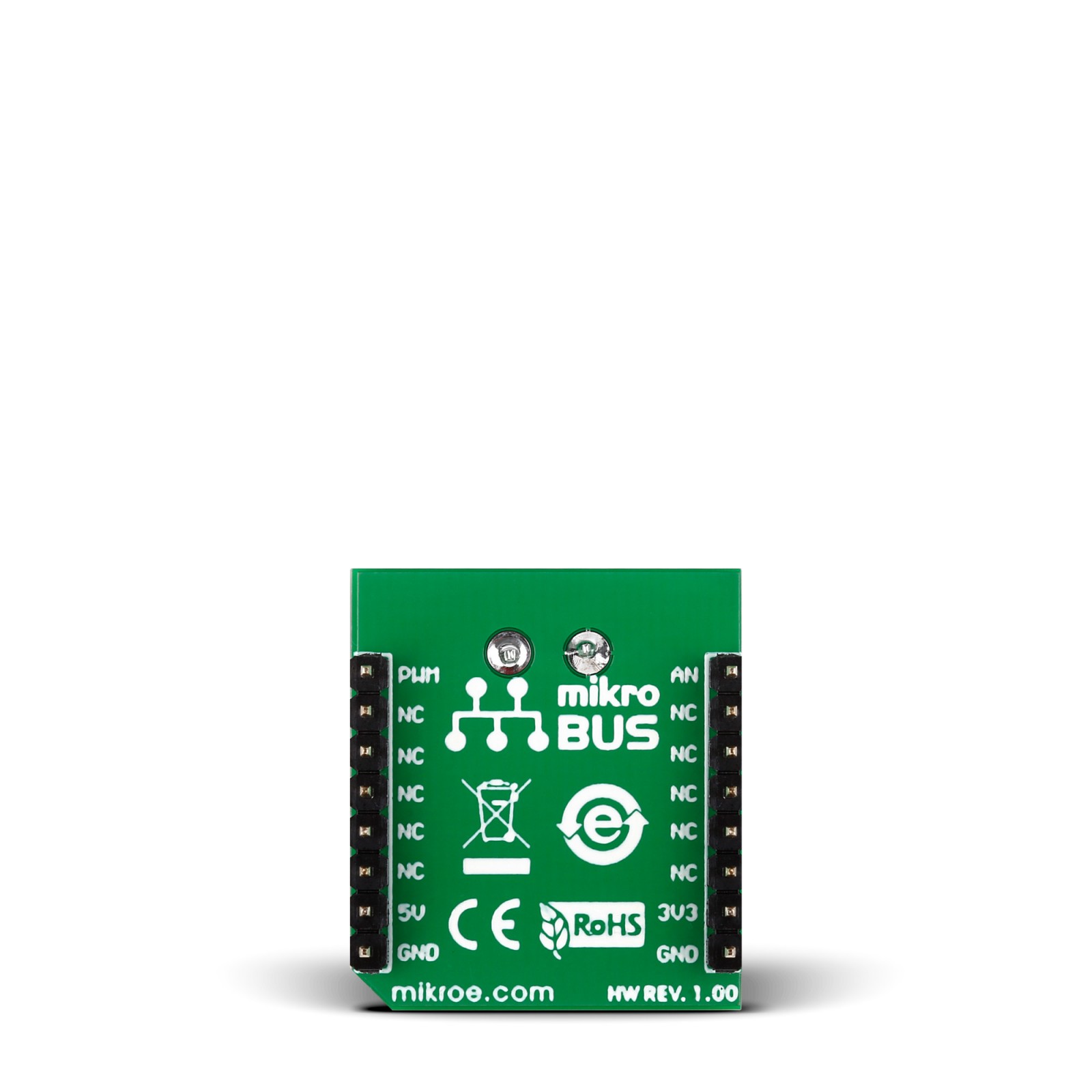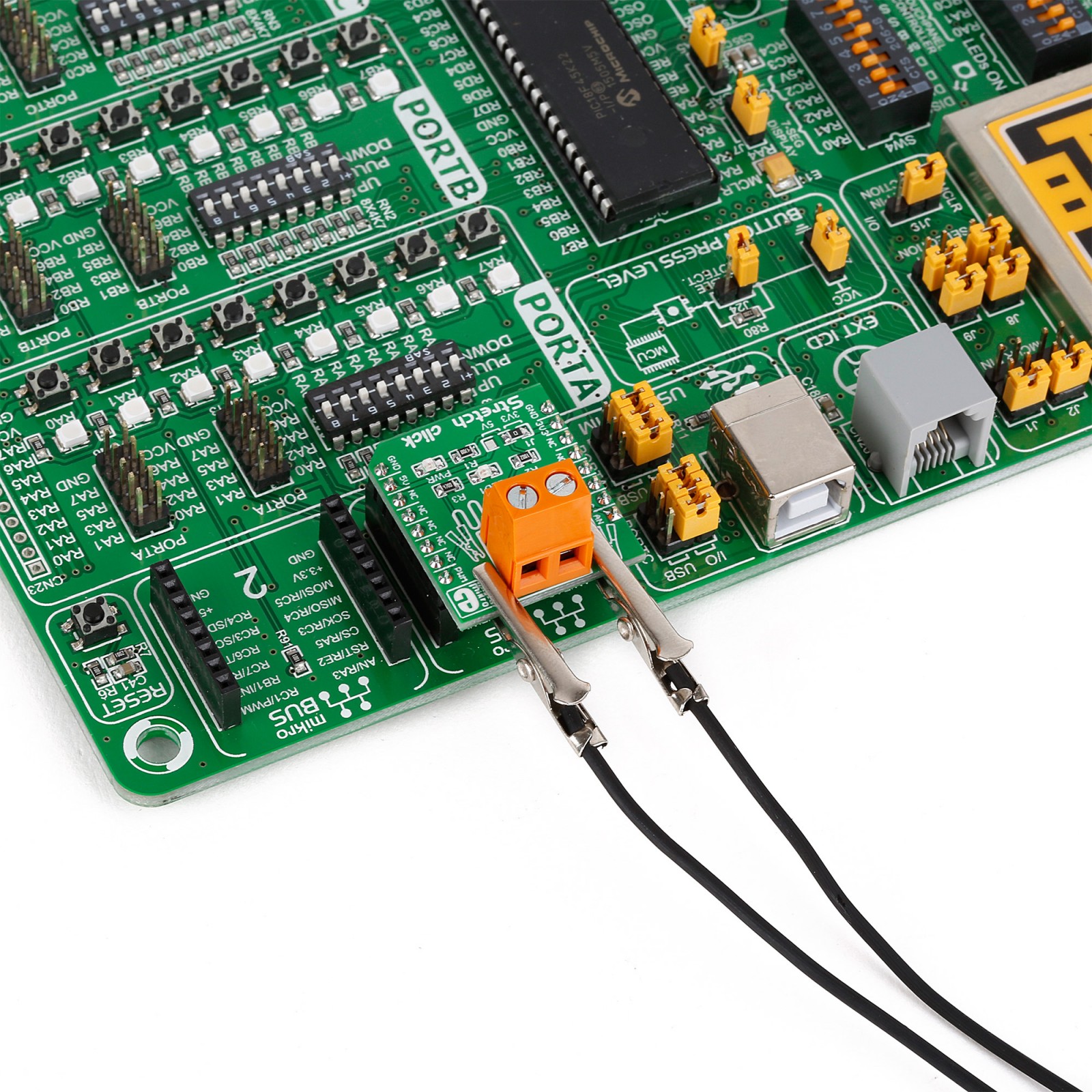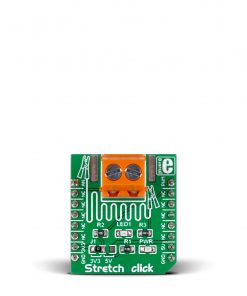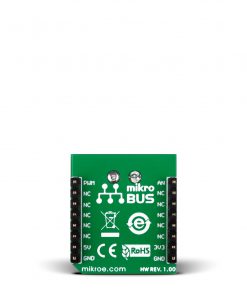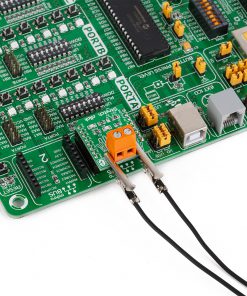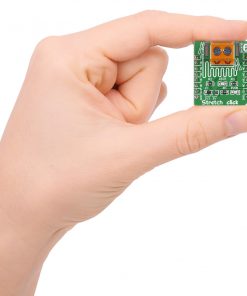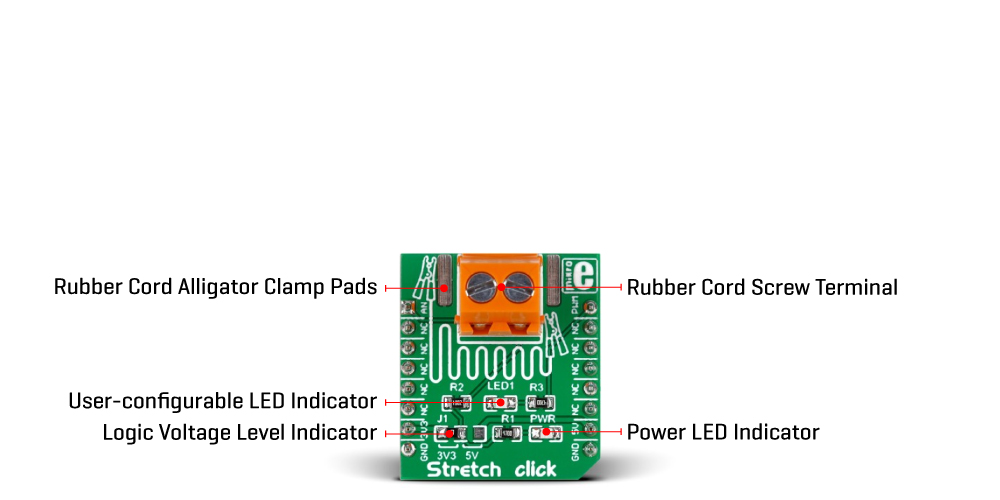-
×
 GSM Click
2 ×
GSM Click
2 × R1,050.00R945.00 -
×
 microSD Click
1 ×
microSD Click
1 × R355.00R319.50 -
×
 3D Motion Click
2 ×
3D Motion Click
2 × R1,050.00R945.00 -
×
 LPG Click
2 ×
LPG Click
2 × R335.00R301.50 -
×
 Proximity Click
1 × R220.00
Proximity Click
1 × R220.00 -
×
 RTC Click
1 ×
RTC Click
1 × R390.00R351.00 -
×
 tRF Click
1 ×
tRF Click
1 × R1,050.00R945.00 -
×
 DAC Click
1 ×
DAC Click
1 × R410.00R369.00 -
×
 DIGI POT Click
1 ×
DIGI POT Click
1 × R370.00R333.00 -
×
 GPS Click
1 ×
GPS Click
1 × R1,050.00R945.00 -
×
 METHANE Click
1 ×
METHANE Click
1 × R335.00R301.50 -
×
 RN4678 Click
1 ×
RN4678 Click
1 × R855.00R769.50 -
×
 MP3 Click
1 ×
MP3 Click
1 × R485.00R436.50 -
×
 ADC Click
1 ×
ADC Click
1 × R540.00R486.00
Subtotal: R9,913.00

